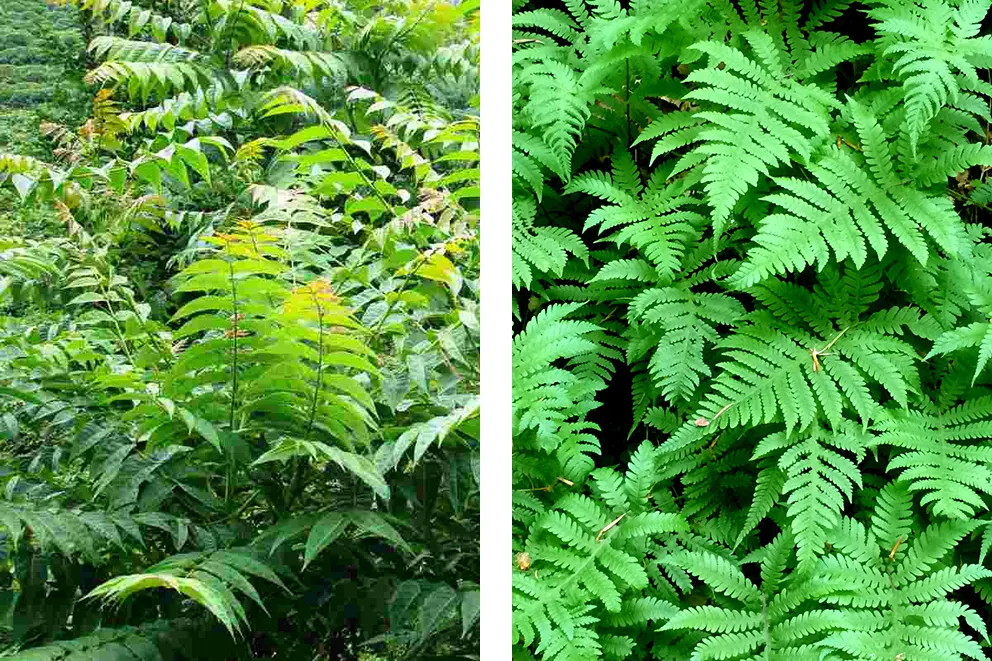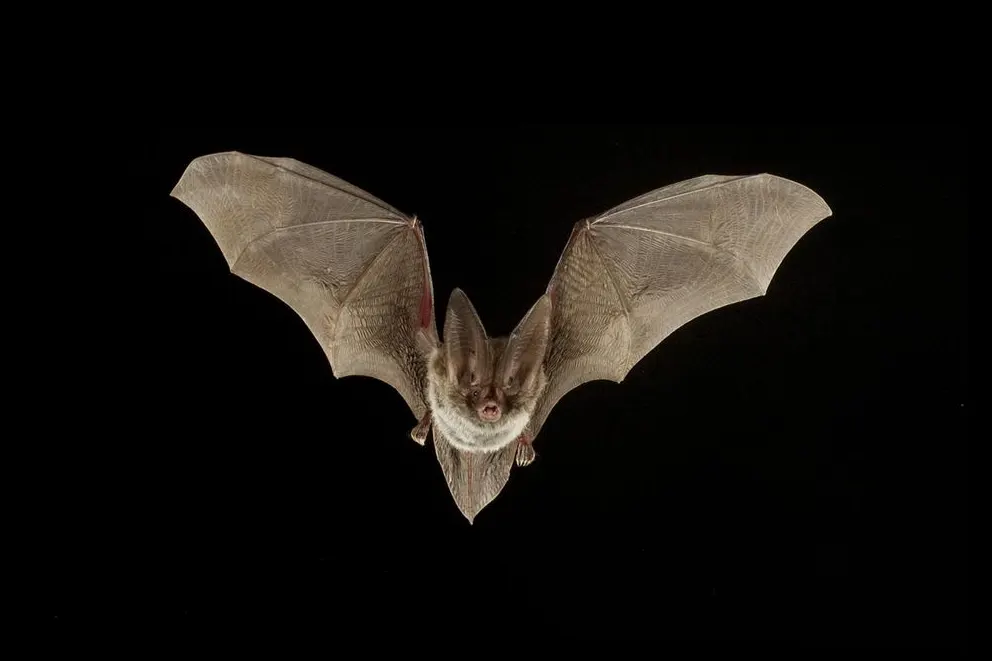Grotta Nicolucci-Lorenzoni, the oldest house in Sorrento
The sense of place. Sorrento between nature and culture
Historical and cultural background
This cave is one of the oldest human sites on the Sorrento Peninsula, as it attests to human presence at least 10,000 years ago, in which traces of various eras can be recognized: from the Neolithic to the Middle Bronze Age, up to the 4th century BC. Known since antiquity and tampered with over time by onlookers and predators, the cave was explored in 1885 by the researcher Riccardo Lorenzoni, who then published his studies in 1888, proposing to name it after his teacher, Giustiniano Nicolucci, one of Italy's first anthropologists and professor at the University of Naples. The importance of Lorenzoni’s discovery was also recognized by Silvio Salvatore Gargiulo, the Sorrentine poet Saltovar, who in a 1924 publication called the site the ‘Grotta del Tesoro’ (Treasure Cave), echoing some local legends about a mysterious chest of precious gems. The cave yielded about a thousand artefacts, sorted into five categories: terracotta, worked stone, worked bone, and bronze. These included crockery, spindles, and weights, i.e., objects testifying to habitual use of the site, as well as vases, saws, knives, and arrows. Subsequently, the cavity was also studied in other surveys: in 1933 by Ugo Rellini, in the 1950s by Oreste Albanese, in 1959 by Renato Peroni and in 1965 by Antonio Mario Radmilli. Today, around 30 pieces are in the Museum of Anthropology of the Federico II University, while the others are kept in the deposits of the National Archaeological Museum in Naples.
Physical features
Situated next to the Neffola rivulet, the cave would have been above all a place of water worship due to the presence of three characteristics: the smooth rocks that suggest there were water flows in ancient times; the numerous stalactites and stalagmites; and the smooths and bones of animals, such as ox, sheep, goat, pig, fox, and rodents, that were perhaps sacrificed there. The cavern is currently located about twenty meters from the pavement, on the steep limestone cliff overlooking the provincial road leading from Sorrento to Massa Lubrense. Its opening has a semi-elliptical shape and is partially covered by wild shrubs that make it barely visible, while Its interior is made up of two compartments: a sort of antechamber about 2.50 m long and 60 cm wide, which gradually narrows towards the passage that leads to the actual cave, 1.10 m wide and several meters high. It is a cavity within a carbonate rock, i.e., calcareous-dolomitic rock dating back to the Upper Aptian, where arenaceous and clayey elements are not lacking.
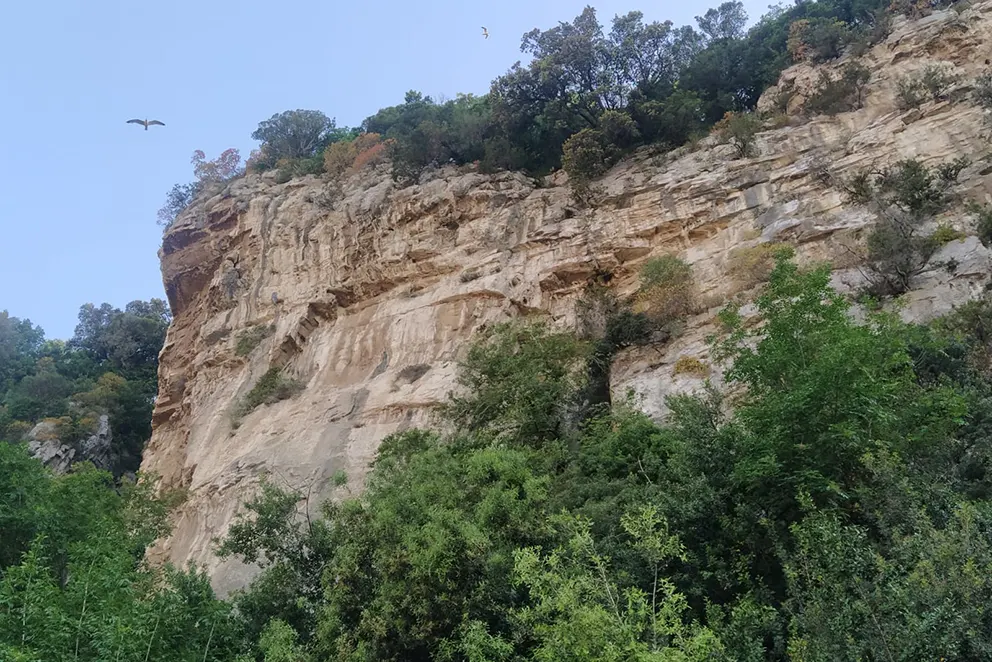
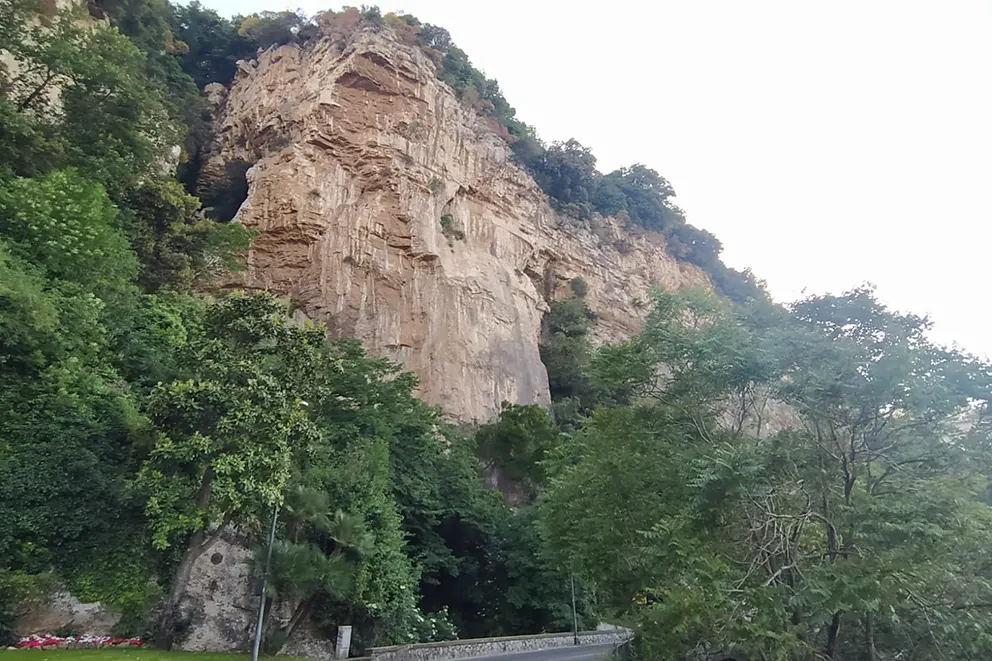
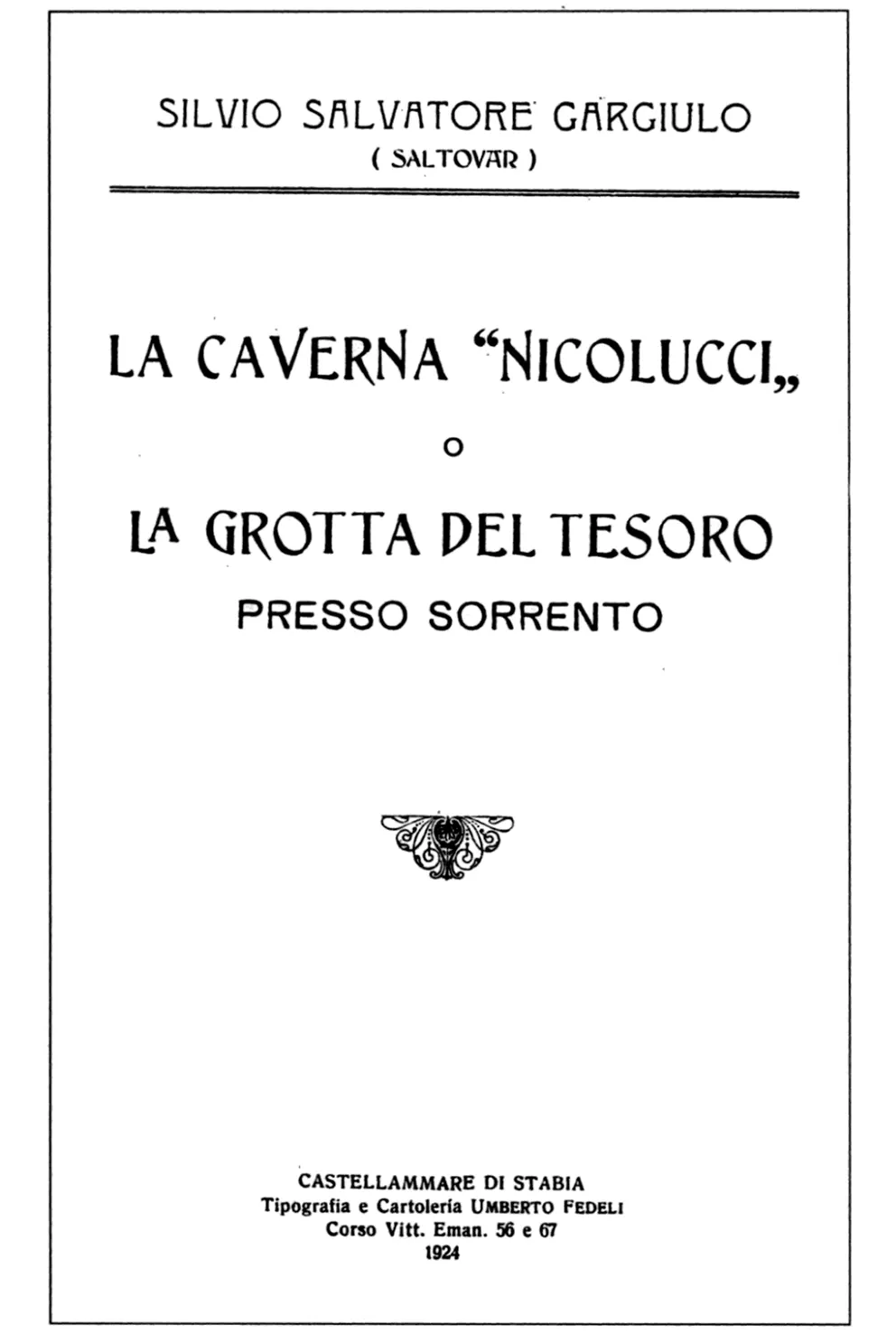
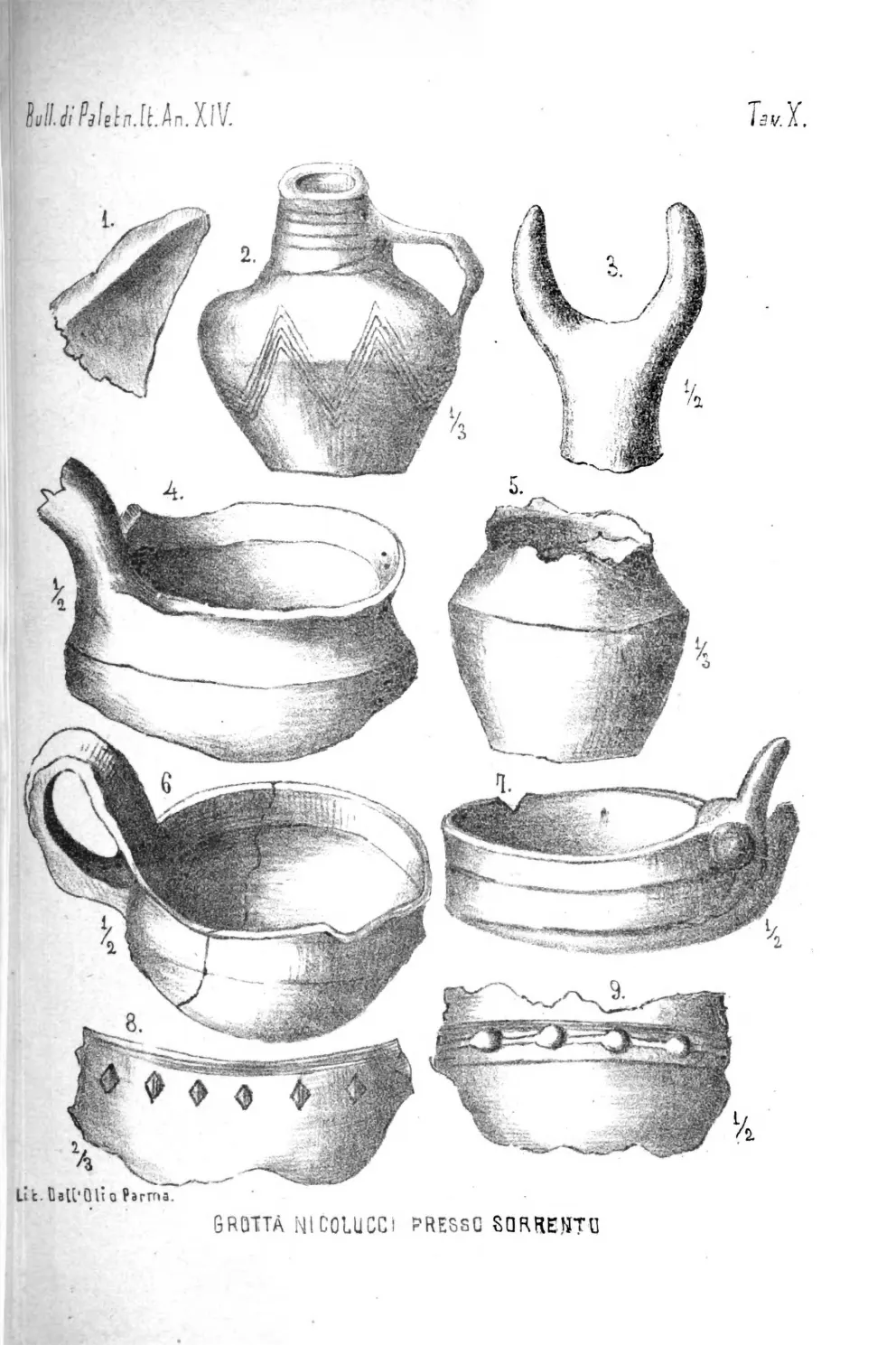
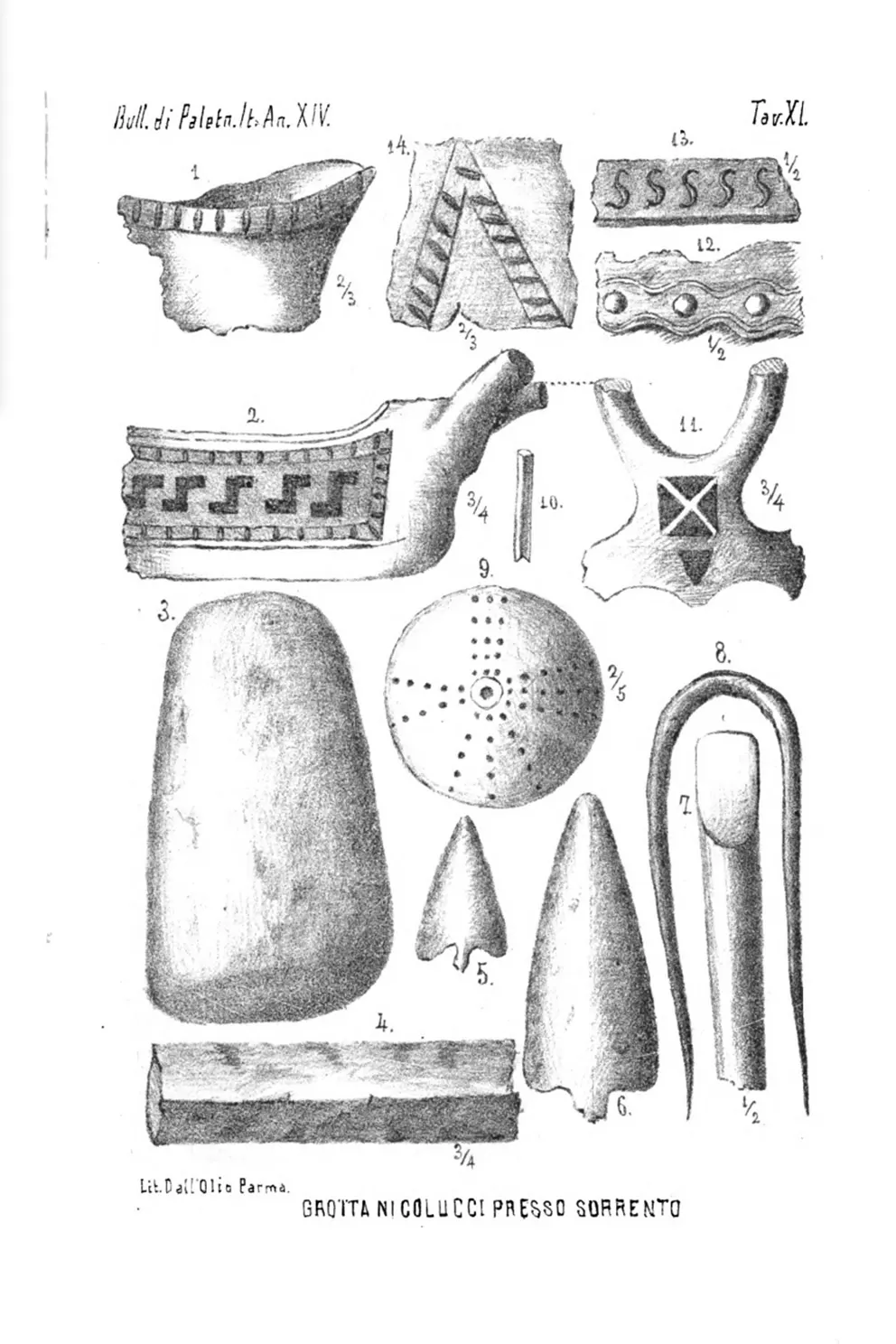
Botanical specificities
The cave is located on a vertical cliff with a fragile geological and naturalistic balance. In the first decades of the 21st century, the Fire Brigade and Civil Defense intervened several times on the slope to remove some large, rather unstable boulders and, consequently, to secure both the site and the road below. This care of the cliff and the impossibility of access for onlookers and passers-by - a combination of rules and awareness that must be maintained and respected also in the future - allowed the development of an ecological micro-system to be preserved. Due to the orographic conditions of the site, the vegetation is one that does not require great depths for its roots, so it consists of scrub, maquis bushes and specimens of maples and alianthus. More widespread, especially around the cave or within it, are some ferns; these are not rare, but are an important indicator of ecological quality.
Faunal peculiarities
Due to its proximity to the town center and the rather busy provincial road, the fauna in the area is small: rodents, a few reptiles such as small snakes and lizards, insects in the soil, such as arachnids and earthworms, or plants, such as under the bark of some trees, but of course there is no shortage of flies, mosquitoes, dragonflies and bees, i.e. the most indicative specimens for assessing environmental quality. However, due to the physical characteristics of the cliff it is also a refuge area for migratory avifauna, so swallows can be spotted there, but sometimes also seagulls. Diurnal and nocturnal birds of prey have not infrequently been sighted, but inside the cave, especially in its deepest and most impervious part, bats, and other chiropterans, i.e., a particular and delicate order of placentate mammals, can be found.
